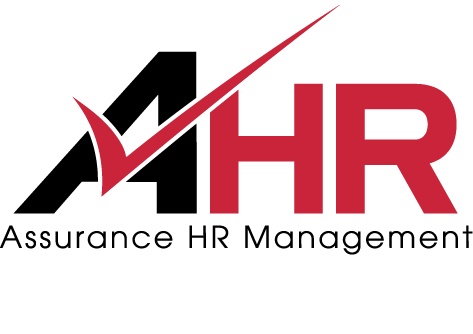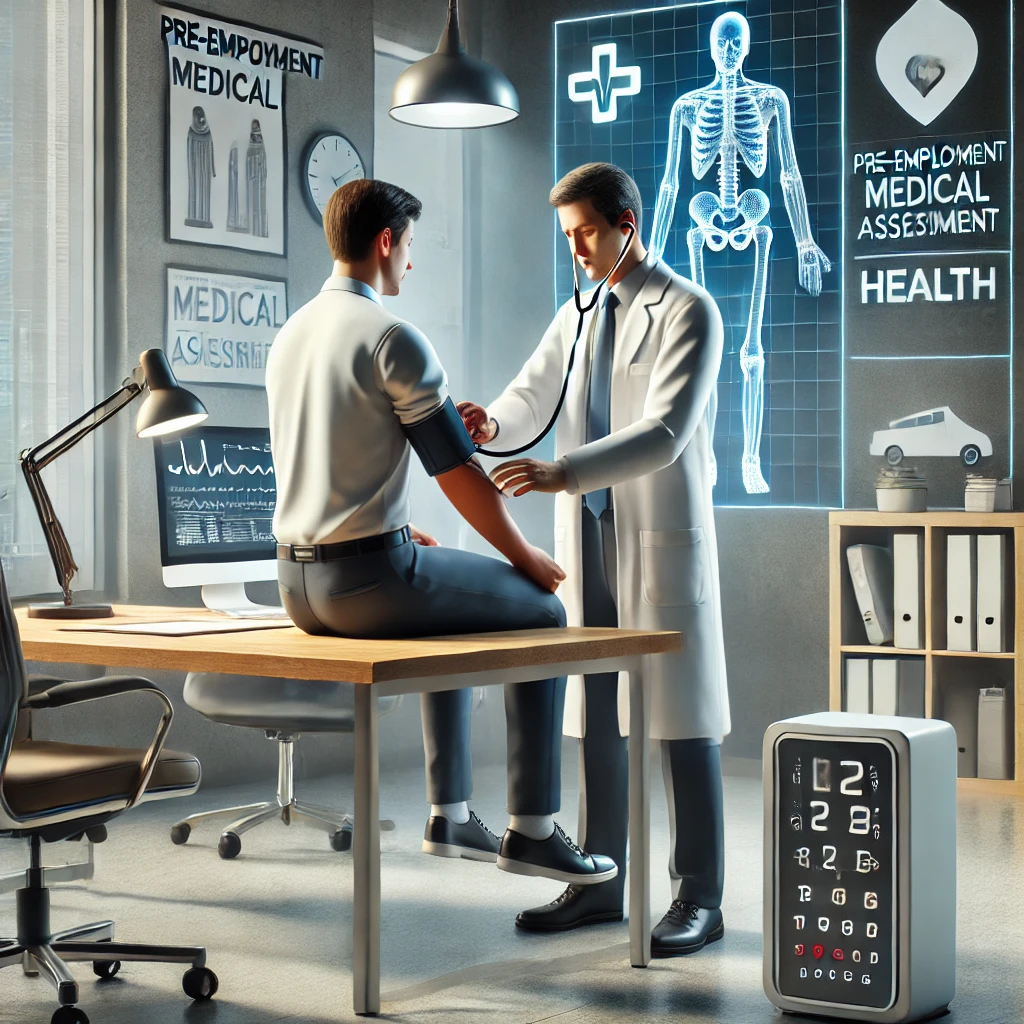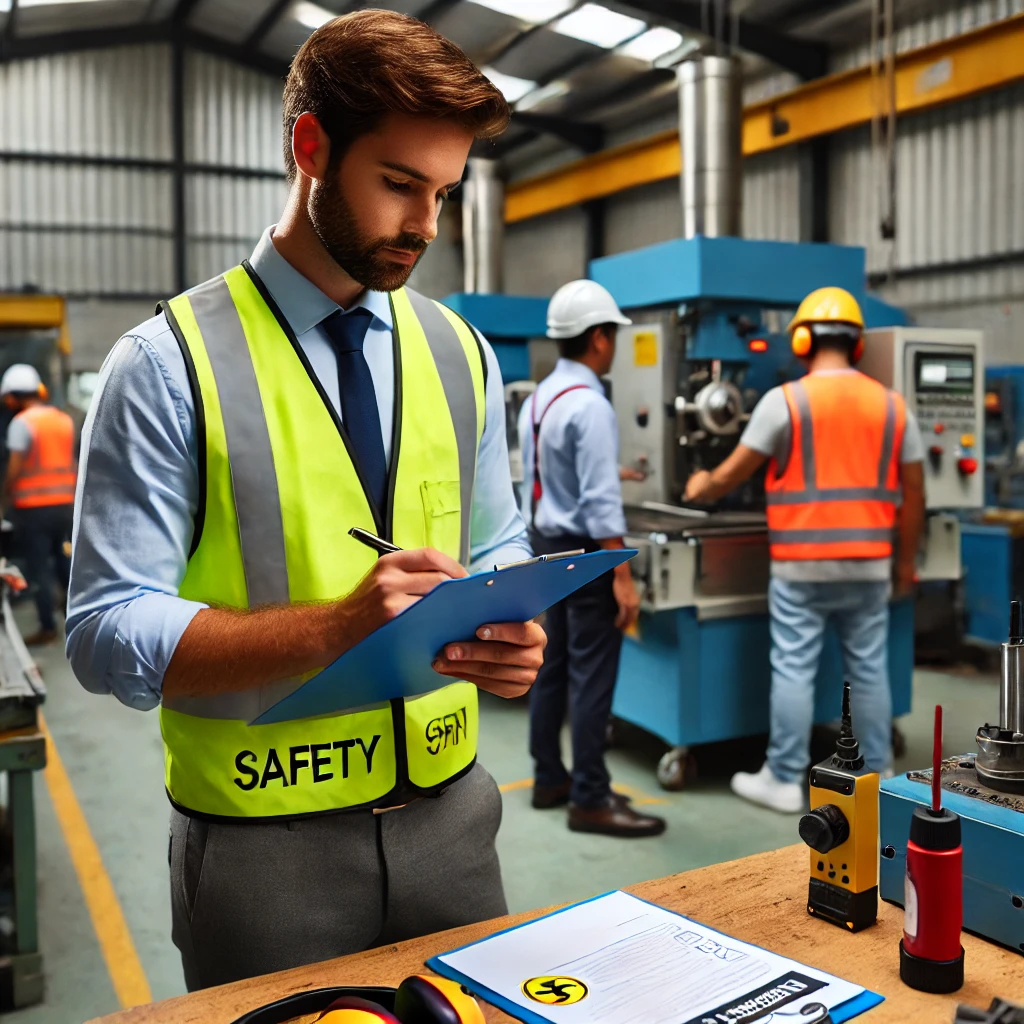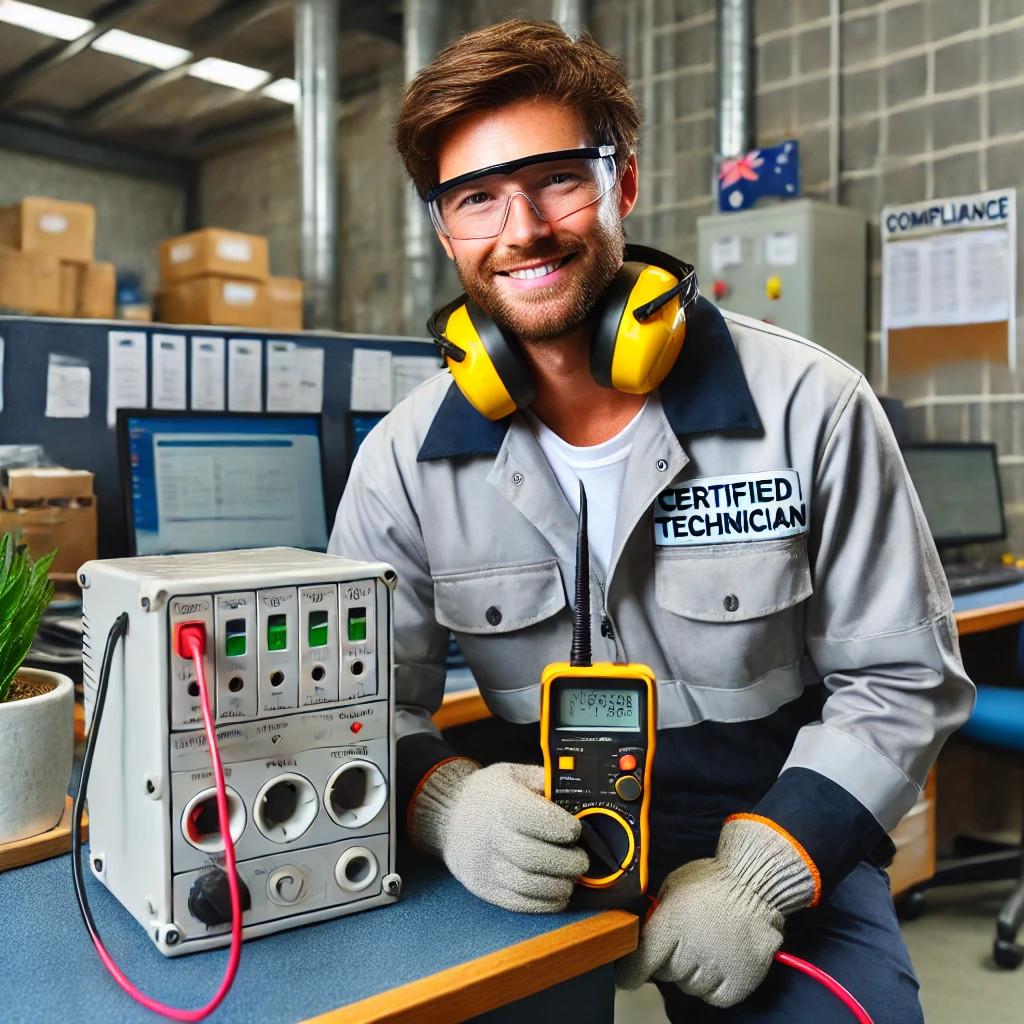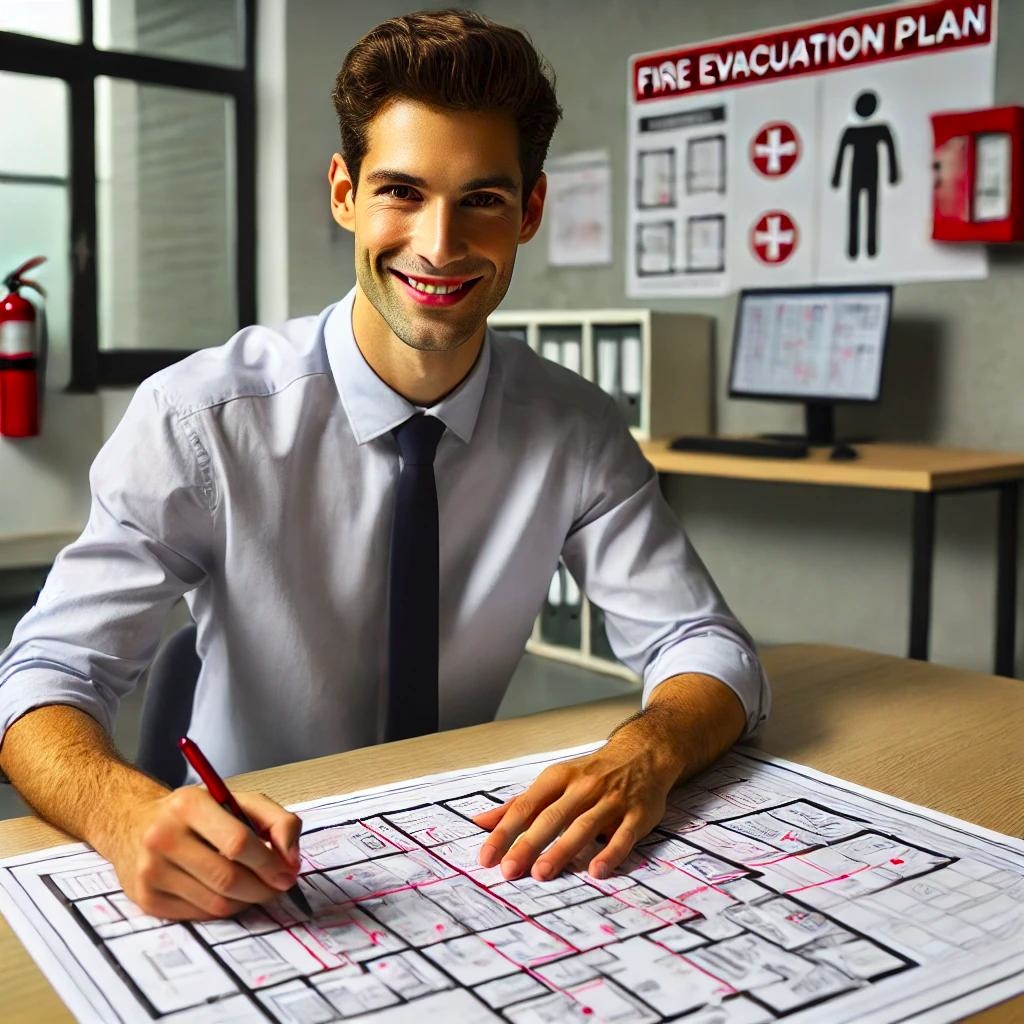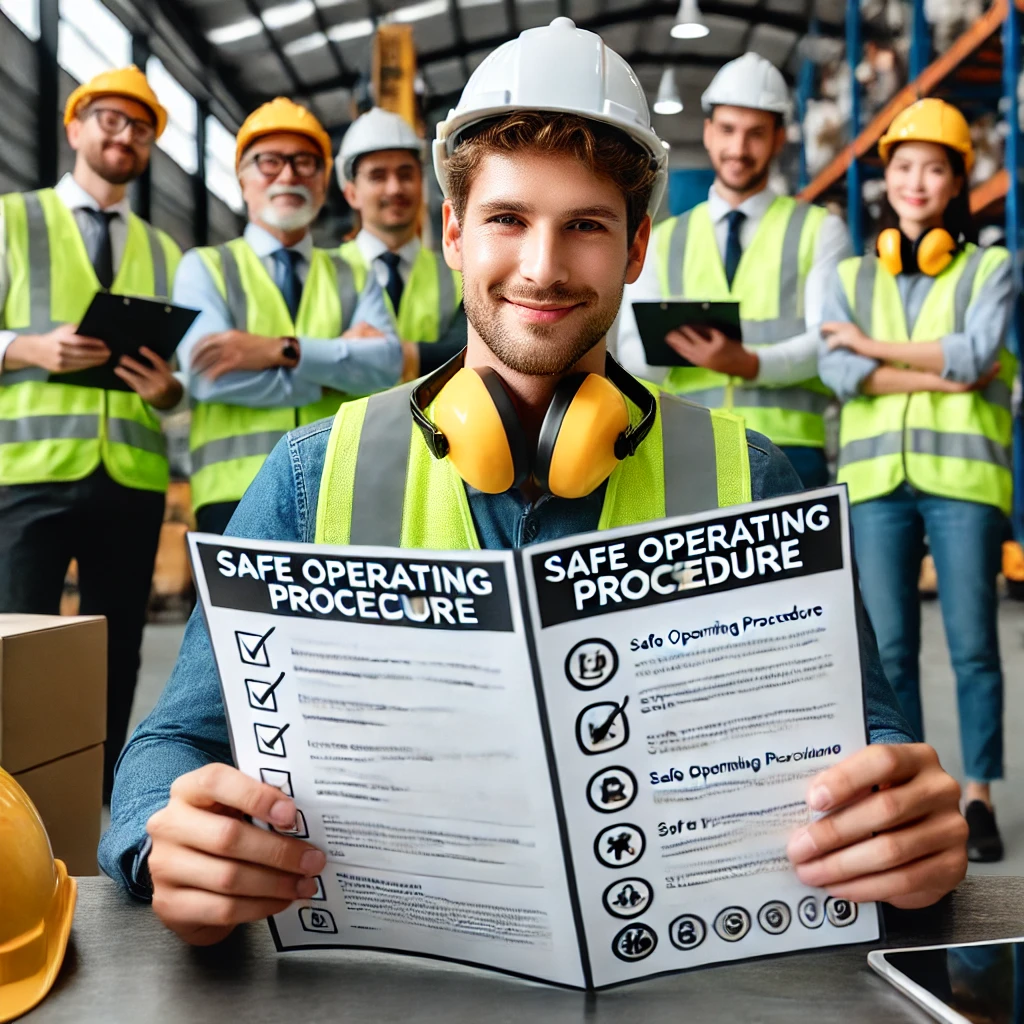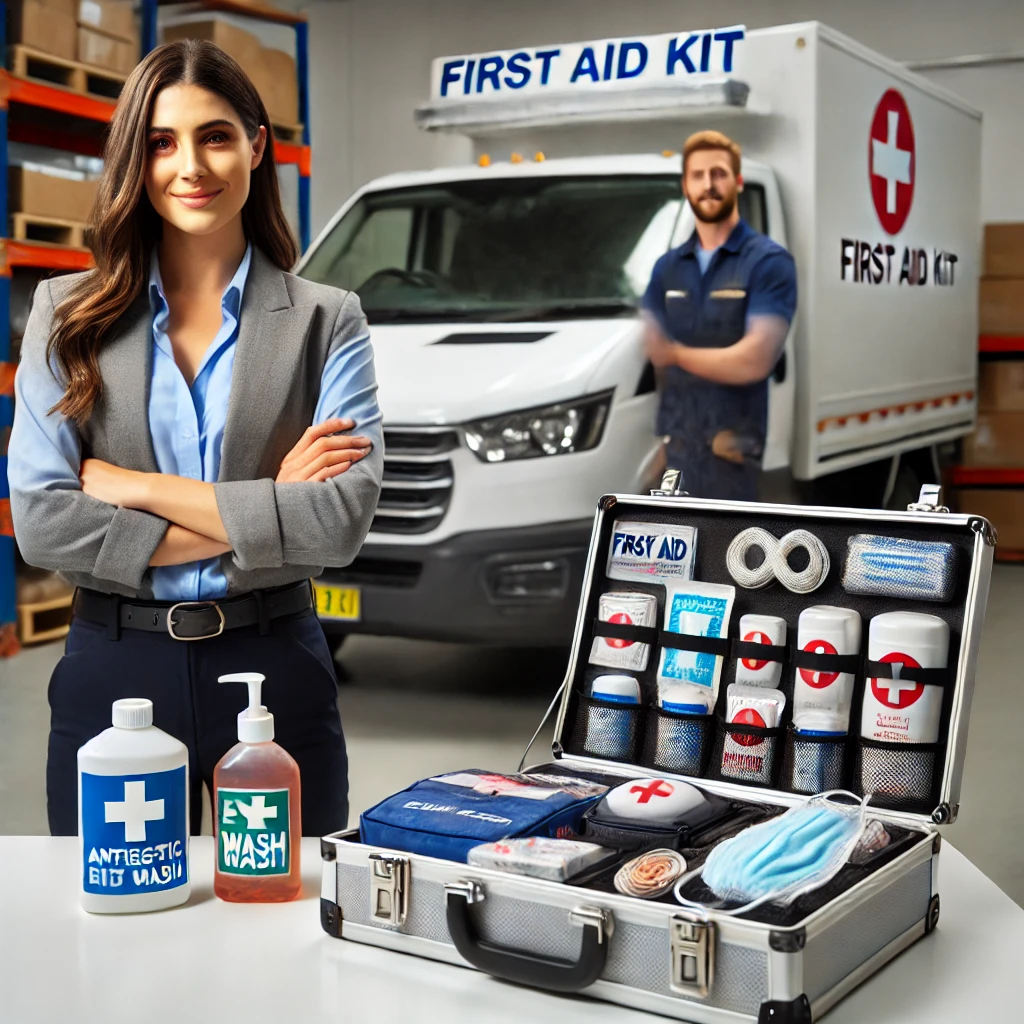Understanding the SWMS
Workplace safety Australia is a paramount concern for businesses operating in high-risk industries. Therefore, a Safe Work Method Statement (SWMS) is crucial for ensuring workplace safety Australia. Australian businesses must have SWMS in place to comply with Work Health and Safety (WHS) laws, especially for high-risk construction work. If you’re unsure how to create one, this guide will help. However, Assurance HR (AHR) can do it for you, saving you time and ensuring compliance.
What is a SWMS?
A Safe Work Method Statement (SWMS) serves as a crucial document that details:
- High-risk work procedures.
- Associated workplace hazards.
- Control measures for risk management.
- Implementation, monitoring, and review of controls.
Moreover, it must be readily accessible to all workers and regularly updated to reflect any changes in work conditions or safety protocols.
Steps to Developing an Effective SWMS for Workplace Safety
-
Identify High-Risk Work:
- Begin by listing all tasks that involve high-risk construction work.
- Notably, under Australian WHS laws, this includes activities such as:
- Work at heights exceeding two meters.
- Confined space operations.
- Handling hazardous substances.
- Work near electrical installations.
- Excavation projects.
-
Assess workplace hazards:
- For each identified high-risk activity, thoroughly assess and document the potential hazards.
- For example, this could involve risks like falls from heights, exposure to harmful chemicals, or impacts from moving equipment.
-
Determine Control Measures:
- Implement control measures following the established hierarchy of controls:
- Elimination: Can the hazard be completely removed?
- Substitution: Can a safer alternative be implemented?
- Engineering Controls: Can physical barriers or guards be installed?
- Administrative Controls: Can training or procedural adjustments mitigate risk?
- Personal Protective Equipment (PPE): As a final measure, what PPE is required?
- Implement control measures following the established hierarchy of controls:
-
Outline Safe Work Procedures:
- Provide a detailed, step-by-step description of how tasks will be performed safely.
- Specifically, this should include:
- Required tools and equipment.
- Assigned responsibilities for ensuring safety.
- Emergency response procedures.
-
Monitor and Review:
- Recognize that a SWMS is a dynamic document requiring regular review.
- Indeed, reviews are essential when:
- Work processes undergo changes.
- New hazards are identified.
- Workplace incidents occur.
- Furthermore, employers must ensure workers comprehend and adhere to the SWMS.
- Toolbox talks and safety briefings can reinforce compliance.
Why Choose AHR for SWMS Development?
Developing a comprehensive SWMS can be challenging, and non-compliance with WHS laws can lead to significant penalties. AHR specializes in workplace safety documentation, ensuring your SWMS meets Australian standards and protects your workforce. We streamline the compliance process, allowing you to concentrate on your core business operations.
Therefore, if you need a SWMS developed for your business, contact AHR today to ensure a safe and compliant workplace.
